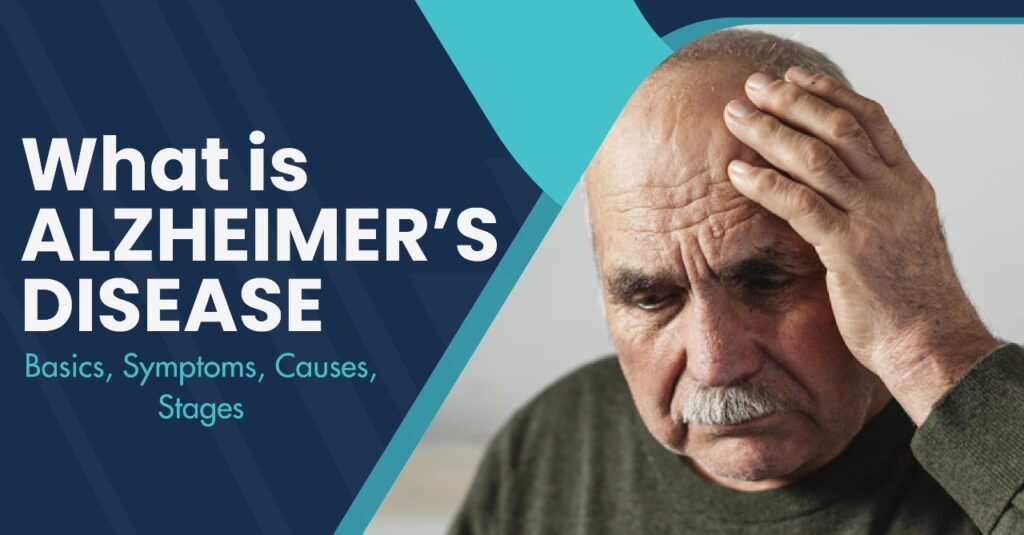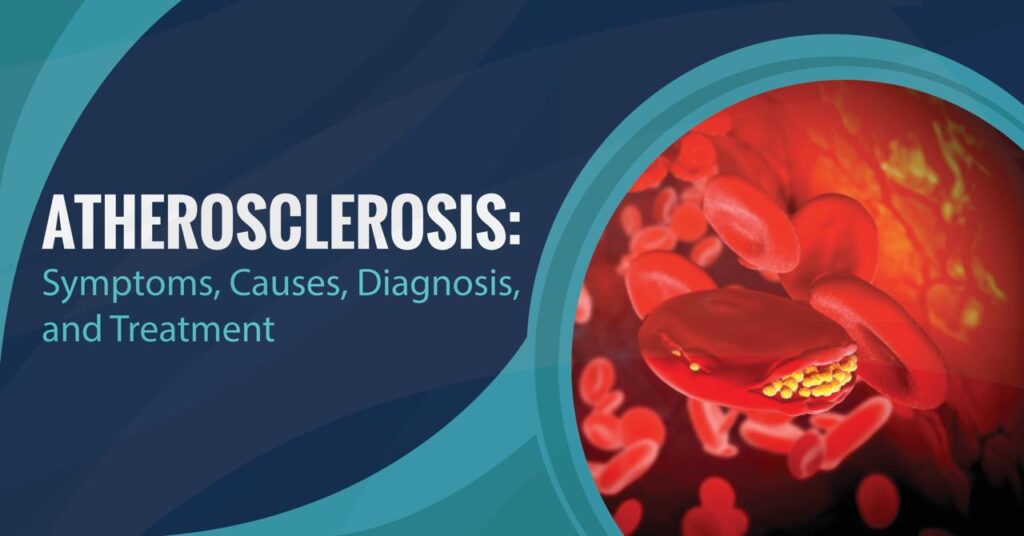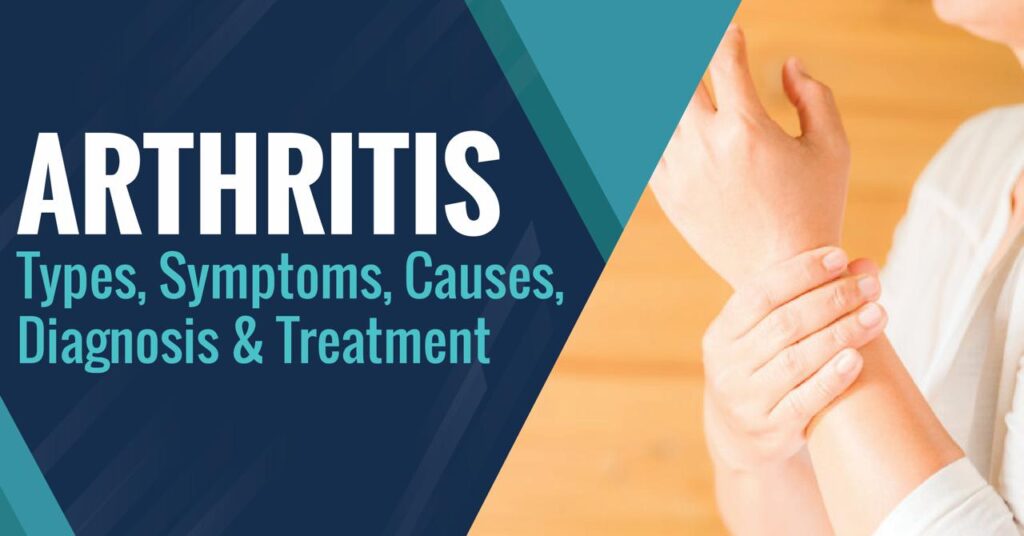What is Osteoarthritis?
Osteoarthritis is a chronic, degenerative condition that affects the joints and results in swelling, discomfort, stiffness, and inflammation. The points where two or more bones contact are known as joints in the body.
A tough tissue called cartilage protects the ends of the bones, allowing them to move freely without causing any damage to the underlying bone structure. Osteoarthritis causes the cartilage to deteriorate, tear, or become thin, which causes friction when the ends of the bones come into contact. This eventually results in the typical osteoarthritis symptoms of joint pain, stiffness, and inflammation.
Synovial membrane irritation can also result from osteoarthritis. Synovial membranes that are in good health line and shield the joints and permit fluid and unrestricted motion. Synovial membranes become inflamed when they swell, become sensitive and heated, and become stiff.
Osteoarthritis is also referred to be a degenerative joint disease since it can worsen over time, impair joint function, make movement challenging, and even result in disability. Although early diagnosis and therapy can help to lessen symptoms and problems, osteoarthritis cannot be cured.
Osteoarthritis can have major side effects, such as joint degeneration, deformity, and incapacity. If you experience osteoarthritis symptoms including swelling, pain, stiffness, or inflammation in your joints, get immediate medical attention. Early detection and intervention can lessen discomfort and lower the possibility of life-threatening consequences.
What are the symptoms of Osteoarthritis?
The most common symptoms of Osteoarthritis include:
- stiffness in the joint
- joint pain
- Loss of range of motion and flexibility
- tenderness or pain when pressing with your fingers on the afflicted areas inflammation
- crepitus, or grating, crackling, clicking, or popping noises when you move your joints bone spurs, or additional lumps of bone, which are usually uncomfortable
The discomfort brought on by osteoarthritis may worsen as the condition progresses. There is also a possibility that swelling around the joint will increase with time. The earlier you recognize osteoarthritis symptoms, the better you will be able to manage it.
You Can Read Also:- Osteoporosis: Symptoms, Causes, Risk Factors, Prevention and Treatment
Causes of Osteoarthritis:
The likelihood of developing osteoarthritis is influenced by several variables. They consist of:
- One of the genes in charge of producing cartilage has an inherited flaw in some people. Due to the damaged cartilage caused by this, joints deteriorate more quickly. Osteoarthritis is more common in people with joint abnormalities, and it is also more common in people with abnormalities of the spine (such as scoliosis or spinal curvature) at birth.
- Osteoarthritis of the spine, hip, and knee is more common in people who are obese. Obesity reduction or maintaining a healthy weight may help ward off osteoarthritis in certain places or slow its progression once present.
- Osteoarthritis is a disease that can be brought on by injuries. For instance, athletes may be more likely to develop osteoarthritis of the knee if they have knee-related injuries. Moreover, those who have experienced a serious back injury may be more likely to develop spinal osteoarthritis. Osteoarthritis in that joint is more likely to occur in those who have broken a bone close to it.
- Joint overuse. Osteoarthritis is more likely to occur in overused joints. For instance, those who work in occupations that require frequent knee bending are more likely to develop osteoarthritis of the knee.
- Increasing age: Over time, the cartilage deteriorates. On X-ray, 80% to 90% of adults by the age of 65 have OA, while a considerably smaller number of them experience symptoms.
- Other diseases. A person with rheumatoid arthritis, the second most common type of arthritis, has a higher risk of developing osteoarthritis. Moreover, a few uncommon disorders, like an overabundance of growth hormone or iron, raise the risk of developing OA.
Risk Factors of Osteoarthritis:
Osteoarthritis can occur as a result of numerous reasons. Depending on the joint involved, risk factors may change.
Female gender and advanced age are both significant risk factors for primary osteoarthritis. Primary osteoarthritis affects men and women equally before the age of 55, but it affects women more frequently after that.
Another risk factor for primary osteoarthritis has a close relative who has the condition or a family history of it. According to the Cleveland Clinic, most patients with primary osteoarthritis have family relatives who also have the ailment.
Risk factors for osteoarthritis include:
- Obesity or being overweight affects and wears down joints, particularly hips, knees, ankles, and feet.
- Injury to a joint previously.
- Joint cartilage and ligament fractures and injuries.
- Occupations that require repetitive use of joints, such as kneeling, lifting, or walking up stairs.
- Engaging in sports that involve direct impact on joints or motions that twist or throw joints.
- An insufficient amount of physical activity.
- Glucose levels are elevated in people with type 2 diabetes (2,10).
How is Osteoarthritis Diagnosed?
You should see your primary care physician for a physical exam if you think you may have osteoarthritis. The affected joints will be examined by the doctor for flexibility, pain, stiffness, and redness. The doctor will suggest one or more tests if osteoarthritis is thought to be present.
- X-Rays: Osteoarthritis’ telltale symptom of cartilage loss is a shrinking of the joint’s space between the bones. Although the cartilage itself cannot be seen on an X-ray image, your doctor can still make a diagnosis based on the proximity of the bones. The presence of bone spurs near a joint, which may be painful and tender, can also be seen on an X-ray.
- MRI: Bone and soft tissue structures can be visualized in great detail with an MRI test. Among them is cartilage. Although this test is normally not required for an initial diagnosis, it can give further details about how the disease is developing.
- Blood tests: The range of probable diagnoses for your doctor can be reduced with the aid of specific blood tests that can help rule out other causes of joint discomfort, such as rheumatoid arthritis.
- Joint fluid analysis: Your doctor will do this test by drawing fluid from the troubled joint using a syringe. After they have a firm diagnosis, they examine the fluid to see if an infection or gout is to blame for the inflammation.
Treatment of Osteoarthritis:
It is impossible to treat osteoarthritis. As a result, the majority of treatments concentrate on symptom management, decreasing joint degradation, and avoiding further harm. The severity and location of your symptoms will likely affect the course of treatment your doctor recommends. The three treatment pillars of medication, therapy, and surgery will all be combined.
- Medication: For symptom alleviation, nonsteroidal anti-inflammatory medicines (NSAIDs) like Advil and Motrin and painkillers like acetaminophen are typically advised. The antidepressant duloxetine, which is typically used to treat depression, is also used to alleviate chronic pain, such as osteoarthritis-related pain. By oral consumption or intra-articular injection, corticosteroids can reduce symptoms.
- Therapy: In physical and occupational therapy, the muscles surrounding the troubled joints are strengthened while joint-stress management techniques are developed. This treatment may be suggested in the form of modest exercise and weight loss in the early stages of arthritis, both of which will lessen the symptoms of osteoarthritis. Advanced stages of arthritis will call for supervised therapy sessions with a professional.
- Surgical Procedures: More invasive procedures might be explored if medicine and physical therapy are unable to relieve osteoarthritis symptoms. Shifting body weight away from worn-out joints may benefit from bone realignment, also known as an osteotomy. The damaged joint surfaces will be completely removed and replaced with plastic and metal components during joint replacement, also known as arthroplasty. Keep in mind that prosthetic joints might degrade over time and require replacement in the future and that all surgeries carry a risk of blood clots and infections.
You Can Read Also:- 15 Ways to Lighten Dark Lips
How can Osteoarthritis be prevented?
There are certain things you can do to help lower your risk of developing osteoarthritis, even though other risk factors are beyond your control. These are a few examples.
Stay active
Exercise can lessen the effects of osteoarthritis and help to avoid it. Joint strength can be increased with weightlifting and strength training13 using low resistance. So before starting a new exercise regimen if you currently have OA, consult your doctor.
Moreover, even some aerobic exercise keeps you active. Exercises that are low-impact on joints, including swimming, riding, and water aerobics, can greatly contribute to your physical well-being.
Avoid strenuous activities
Although the evidence is conflicting, it is believed that more demanding activities, such as competitive marathon running, can put additional strain on your joints. Hence, while remaining active is important, you should avoid strenuous or repetitive motions that could harm your joints.
Enjoy a healthy diet
When you eat properly, you should include good fats like omega-3 in your diet since they can lower inflammation. Vitamin D has also been shown in some studies to lower the chance of getting OA.
Consider Supplements
Supplements can be useful if your diet doesn’t provide you with the right amount of nutrition. Supplements like glucosamine and fish oil capsules with healthy omega-3 have shown some benefits in easing joint discomfort.
Yet, there is conflicting evidence regarding supplements. Before taking any, consult your doctor first as they can interact with your current drugs.
Maintain a healthy weight
Your hips, knees, and ankles will experience less strain if you lose even a few pounds. As you age, gentle exercise can keep you mobile, improve your joints, and control your weight.
Avoid injury
Osteoarthritis can result from joint injuries, so exercise safely. When you get older, be careful not to push yourself beyond your limits. Begin your workout by warming up.









